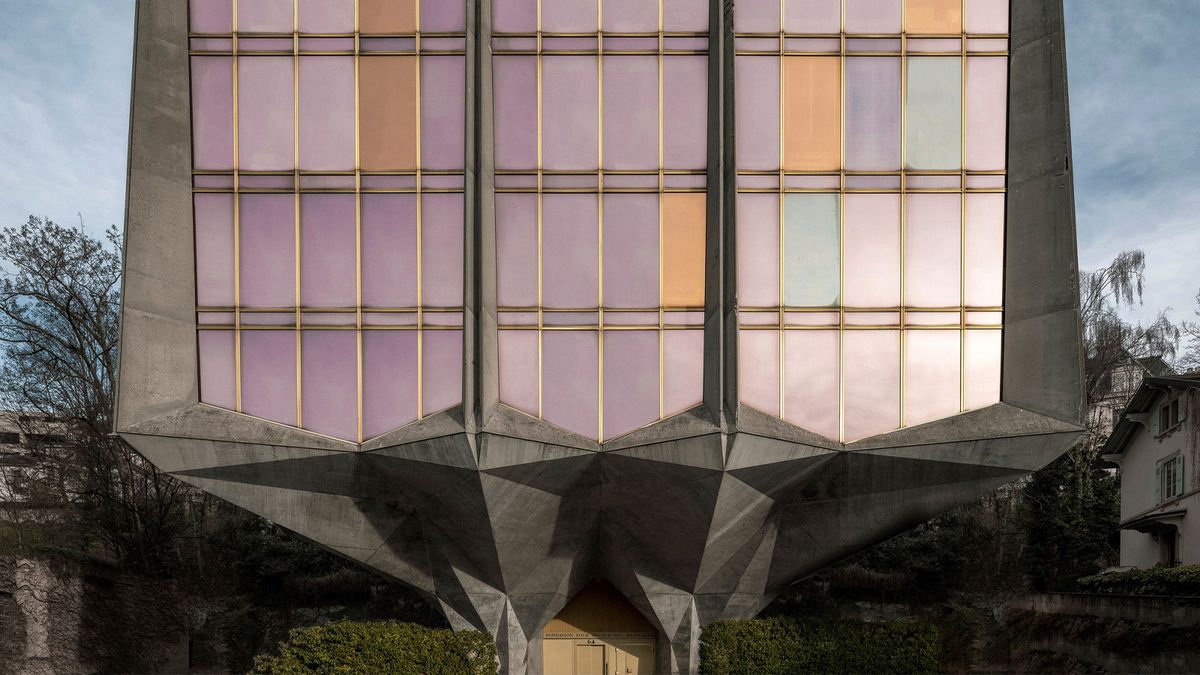A London-based family put their countryside escape plan into action and bought an old cottage in a rural hamlet in southern England’s New Forest National Park. It soon became clear that the cottage was more ramshackle than romantic, so the decision was made for a new, sustainable retreat to be built – one that would last generations to come, and reflect their Japanese heritage and relaxed family lifestyle.
Hampshire-based architects PAD Studio came up with a design that was both sensitive to the natural setting and historic local vernacular, yet daylight-filled and contemporary too. Drawing from neighbouring A-frame chalets, the house has two connected pitched-roof volumes and is clad in slim timber battens and white render. One volume houses the sleeping quarters, while the other houses the generous double-height, open-plan living space.
Inside, there’s a light and airy atmosphere encouraged by the L-shaped floor plan. The interior spaces are always connected to nature – whether you’re walking through the glazed hallway, or sitting down for dinner in the ‘conservatory’ space with corner and overhead glazing. ‘The plan opens up a constant theatre of movement, which helps the house come alive. The architecture performs without ego as a backdrop for the people who live there,’ says Ricky Evans, associate architect at PAD Studio.
The crafted nature of the house gives it a humble character. There’s a hand-woven sisal rope balustrade – which took a week to weave, and almost half a kilometre of rope; floor-to-ceiling oak storage; and a specially cast concrete hearth. On the walls, there is a natural clay plaster manufactured by Cornwall-based Clayworks: ‘It creates a beautiful texture depending on how the light catches it – edges are softened and shadows are deepened,’ says Evans.
Just before designing the house, Evans had travelled to Japan, exploring both traditional Japanese architecture and the work of Tadao Ando. When he returned, details and aesthetics were lingering in his mind and conversations with the family arose quite naturally around their Japanese heritage. This resulted in elements of Japanese design emerging across the house; in the sliding pocket doors, and the brick interior entrance that echoes the genkan where outdoor shoes are exchanged for house slippers.
As with all of PAD Studio’s projects, sustainable architecture was an important focus: ‘We think about sustainability in a holistic sense,’ says Evans. ‘We tune a building like a race car to get the most sustainable result.’ In the case of this house, triple-glazed windows, heavy insulation, a timber structure and a savvy raft foundation system (that uses 60 per cent less concrete than a traditional alternative) amongst other methods, all contribute to this approach – resulting in a contemporary sustainable home, with all the warmth and personality of a cottage. §
http://dlvr.it/SWVfx3
Abonați-vă la:
Postare comentarii (Atom)
Step inside La Tulipe, a flower-shaped brutalist beauty by Jack Vicajee Bertoli in Geneva
Sprouting from the ground, nicknamed La Tulipe, the Fondation Pour Recherches Médicales building by Jack Vicajee Bertoli is undergoing a two...

-
The Sotheby’s Milan charity auction in aid of UNICEF takes place tomorrow, including 15 designs from the "Design to Move; 40 Creations ...
-
Hedi Slimane pays tribute to the organic form of Jean Arp’s work Ptolémée II, in the latest itineration of the Celine Bijoux d’Artistes Proj...
-
Mareterra, a Monaco project boasting contributions by Renzo Piano, Norman Foster, Stefano Boeri and Tadao Ando, is set to become a new neigh...

Niciun comentariu:
Trimiteți un comentariu